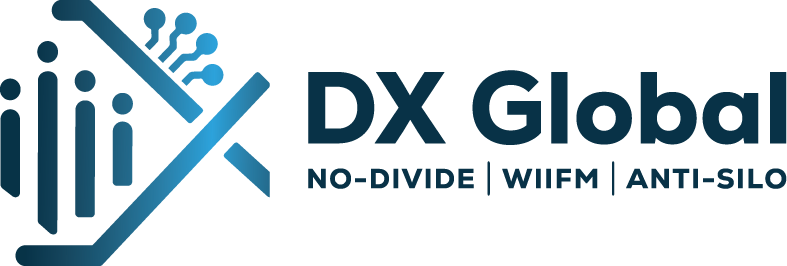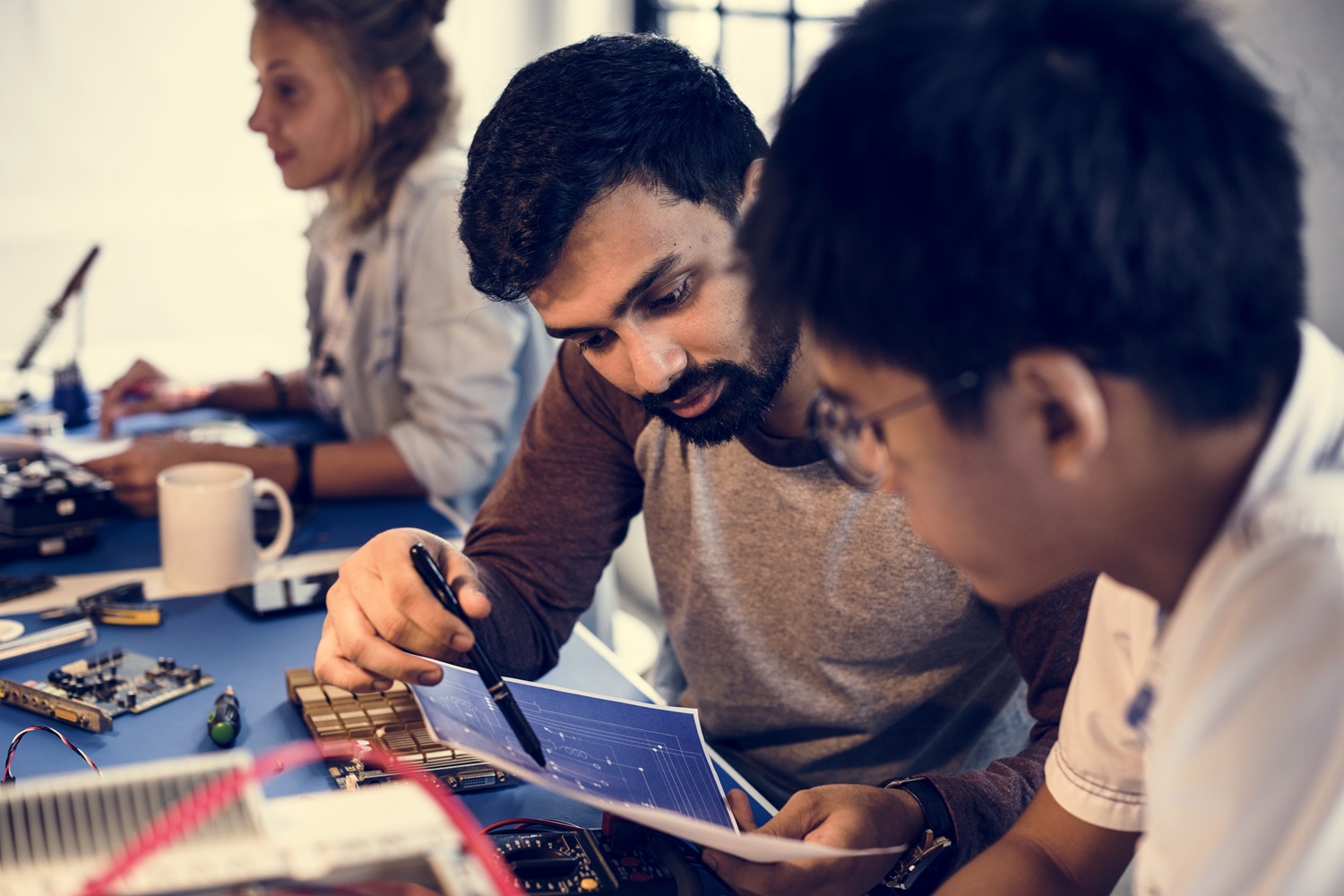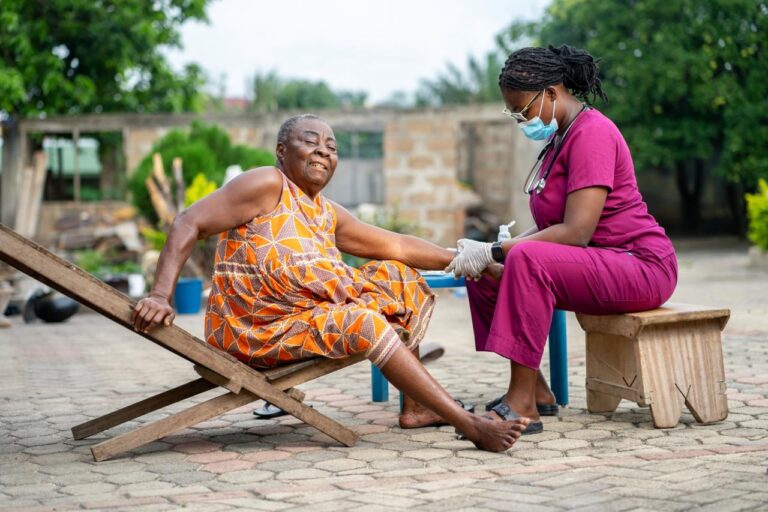We’re constantly told that Artificial Intelligence (AI) is going to change the world. But who is “the world” we’re talking about? Too often, AI innovation focuses on solving problems for the privileged few, while the most vulnerable populations are left further behind. It’s time to flip the script. Let’s explore how AI, when applied thoughtfully and ethically, can reach the most disadvantaged people globally and unlock opportunities previously unimaginable.
The Harsh Reality: The AI Divide
Right now, AI is exacerbating existing inequalities. Algorithmic bias, data scarcity, and a lack of infrastructure mean that the world’s poorest and most marginalized are often excluded from the benefits of this technological revolution. Imagine AI-powered healthcare diagnostics that don’t work for certain ethnic groups due to a lack of diverse training data. Or AI-driven loan applications that unfairly discriminate against women in developing countries.
The Key: “Frugal Innovation” and a Ground-Up Approach
The good news is that AI can be a force for good, but it requires a fundamental shift in mindset. We need to move away from top-down, technology-driven solutions and embrace a “frugal innovation” approach, focusing on low-cost, high-impact interventions that address the specific needs of disadvantaged communities.
Consider some concrete examples:
- AI-Powered Agriculture for Smallholder Farmers: In many parts of the world, smallholder farmers struggle with unpredictable weather patterns, crop diseases, and limited access to information. AI can analyze satellite imagery, weather data, and soil conditions to provide farmers with personalized recommendations on when to plant, irrigate, and harvest, improving yields and increasing incomes.
- AI-Enabled Education for Remote Communities: Millions of children in remote and underserved areas lack access to quality education. AI-powered learning platforms can provide personalized instruction, adaptive assessments, and access to a vast library of educational resources, even in areas with limited internet connectivity.
- AI-Driven Healthcare for Underserved Populations: In many developing countries, access to healthcare is limited by a shortage of doctors, long travel distances, and high costs. AI can be used to develop low-cost diagnostic tools, remote monitoring systems, and telemedicine platforms that bring healthcare to people’s homes.
- AI-facilitated Social Safety Net Programs: Social Safety Net Programs depend on poverty information from traditional surveys–census every 10 years or some type of interim ones every 5 years or so–resulting in erroneous critical targeting decisions based on extremely stale data. This may exacerbate inclusion and exclusion errors and allow creeping in of political patronage. Analysis of cell phone usage and satellite data using AI has demonstrated remarkable efficacy to identify people under poverty threshold almost on a real-time basis resulting in significant cost-effectiveness improvement in social safety net programs.
These approaches must be the standard.
DPI as the Backbone of AI Inclusion
To ensure that AI benefits the most disadvantaged, we need to build a solid foundation of Digital Public Infrastructure (DPI). This includes:
- Digital Identity Systems: Providing secure and verifiable identities to enable access to essential services.
- Payment Platforms: Facilitating seamless and interoperable digital transactions, particularly for those excluded from traditional banking systems.
- Data Exchange Layers: Enabling secure and responsible data sharing between organizations, while protecting citizen privacy.
- Access: Bridges the digital divide with affordable internet and devices.
- Service: Tailored digital services for all, especially the marginalized.
Breaking the Cycle of Exclusion
AI can be a powerful tool for empowerment. But it requires a commitment to inclusivity, a focus on frugal innovation, and a willingness to disrupt traditional power structures. It’s time to move beyond the tech bro hype and start building AI solutions that truly benefit the world’s most disadvantaged people.
What if, this time, technology was for those who need it most?




